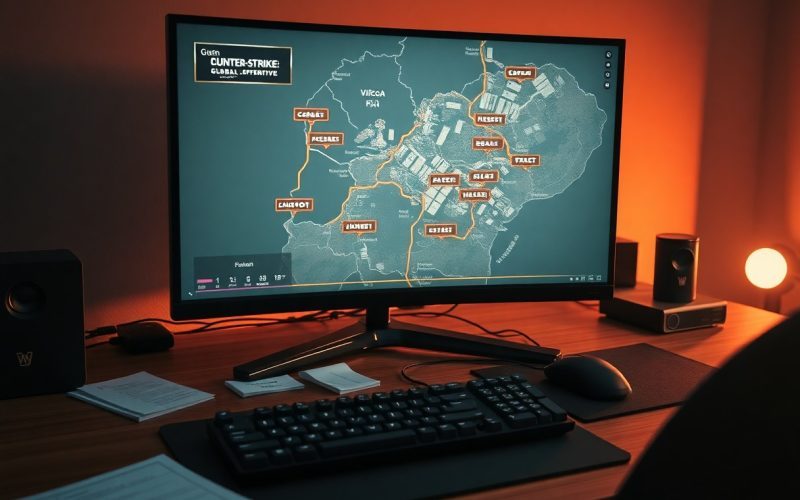With the ever-evolving landscape of competitive gaming, Counter-Strike: Global Offensive (CS:GO) has seen numerous changes to its map pool, impacting how teams strategize and adapt. The dynamic nature of the game requires teams to remain agile and continuously refine their playstyles, and understanding these changes is fundamental to maintaining a competitive edge.
The CS:GO map pool typically consists of seven maps that are selected for competitive play. Valve, the game’s developer, periodically rotates maps in and out of the pool to keep the gameplay fresh and exciting. These changes may come in the form of introducing new maps, removing existing ones, or making alterations to the gameplay mechanics or layout of current maps. Each introduction or removal presents both challenges and opportunities for teams as they must assess the viability of their existing strategies and overhaul them based on the map adjustments.
When a new map is introduced, teams often face a steep learning curve. They must study the unique layout, learn possible strategies, and develop new tactics for both the offensive and defensive rounds. Teams may utilize scrims (practice sessions) and watch tutorial videos or professional matches to gain insights into effective strategies. Coordination among players also takes precedence as they need to adapt to potential changes in their roles and responsibilities – typically a player specializing in a specific map will need to try new positions and experiment with different weapons and tactics to find what works best.
Furthermore, teams tend to analyze model results from tournaments where the new map was previously included. This analysis involves scrutinizing team compositions, successful strategies, and weaknesses faced by other teams on the fresh map. They may use statistical tools to evaluate performance metrics, aiding them in crafting a well-rounded approach when competing on the new addition to the map pool.
A familiar scenario unfolds when a favorite map gets removed. Teams will have to reevaluate their game plans, especially if that map played a significant role in their previous successes. Coaches and analysts play a key role here, reformulating strategies based on their understanding of the remaining maps. Players often need to adjust their aim and positioning knowledge, especially in the firing dynamics on different maps, which can lead to a temporary decline in performance until they find their footing again.
Team chemistry, communication, and adaptability are paramount during these transitions. Teams that can quickly embrace the alterations tend to outperform their opponents. The adaptation process may also allow lesser-known teams to shine, as they can take advantage of their agility in learning new maps and strategies against more established rosters. Over time, this leads to a level playing field, encouraging innovation while maintaining the diverse strategies that make CS:GO compelling.
In the long run, map pool changes in CS:GO are inevitable and necessitate swift and efficient adaptation by the teams in the competitive scene. Staying informed about updates and being adaptable in strategies significantly influences a team’s performance. As teams navigate the challenges presented by new rotational maps, those that embrace the changes will continue to thrive in the vibrant ecosystem of competitive Counter-Strike.





